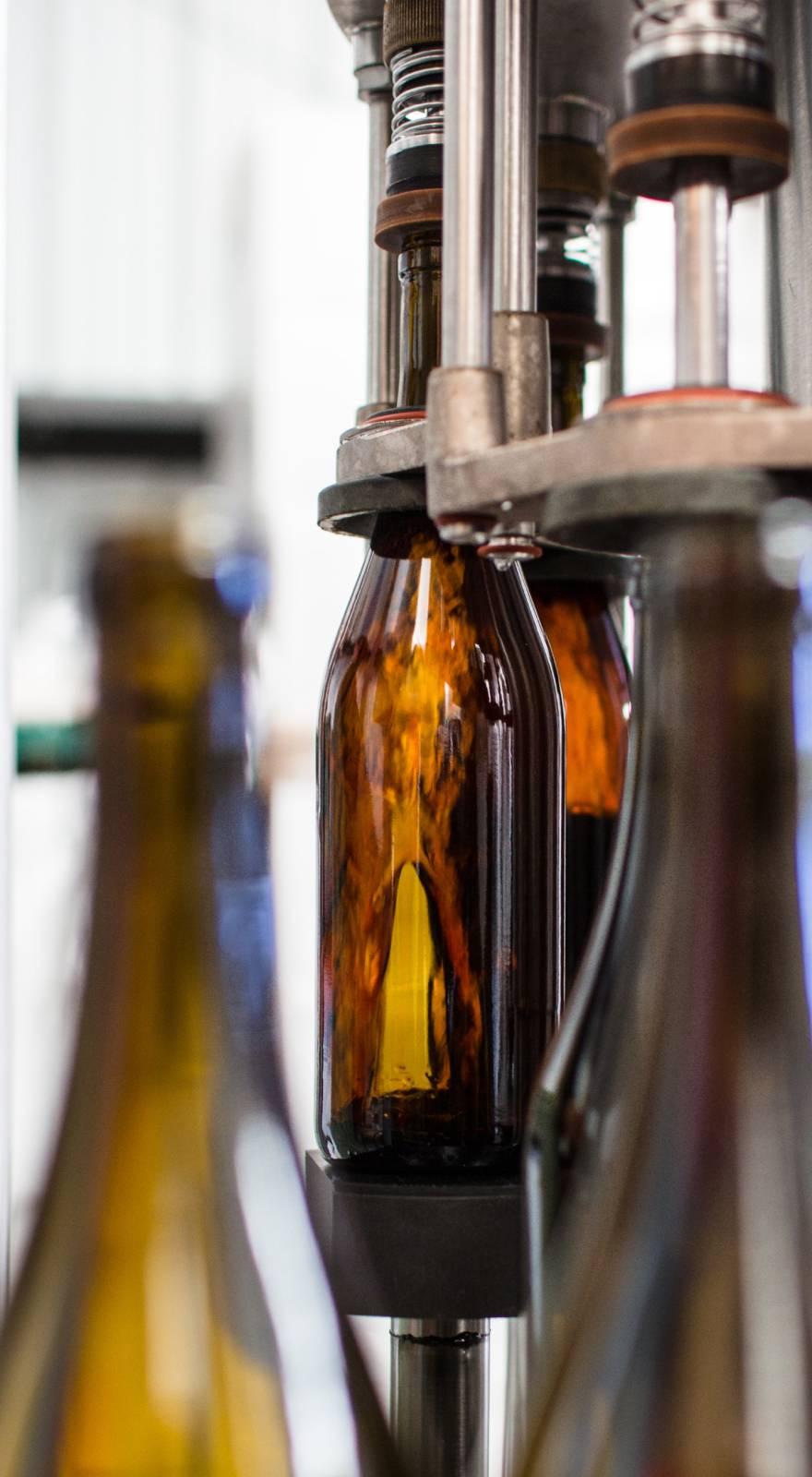Knowde Enhanced TDS
Identification & Functionality
- Chemical Family
- Chemical Name
- Base Chemicals Functions
- CAS No.
- 67-66-3
- EC No.
- 200-663-8
- Technologies
- Product Families
Features & Benefits
- Labeling Claims
- Base Chemicals Features
Applications & Uses
- Markets
- Applicable Processes
Properties
- Physical Form
- Physical Properties
| Value | Units | Test Method / Conditions | |
| Molecular Weight | 119.4 | — | — |
| Specific Gravity (25/25) | 1.49 | — | — |
| Freezing Point | -63.5 | °C | — |
| Boiling Point (760 mm Hg) | 61.2 | °C | — |
| Vapor Pressure (20°C) | 160.0 | mm Hg | — |
| Heat of Vaporization | 58.5 | cal/g | — |
| Specific Heat (20°C, Liquid) | 0.23 | — | — |
| Specific Heat (20°C, Vapor) | 0.13 | — | — |
| Flash Point | None | — | — |
| Flammable Limits | None | — | — |
| Solubility (20°C, Solvent in H₂O) | 0.8 | g/100g | — |
| Solubility (20°C, H₂O in Solvent) | 0.97 | g/100g | — |
Regulatory & Compliance
- Grade
Technical Details & Test Data
- Chloroform Vapor Pressure
https://media.knowde.com/image/upload/c_limit,h_800,w_800/v1663135443/production/Ckeditor::Picture/Olin_Chlor_Alkali_Products_Image_1.PNG.png
- Chloroform Density
https://media.knowde.com/image/upload/c_limit,h_800,w_800/v1663135510/production/Ckeditor::Picture/Olin_Chlor_Alkali_Products_Image_2.PNG.png
Storage & Handling
- Product Storage
Bulk Storage:
Carbon-steel tanks are usually adequate for storing chlorinated solvents, although you should note that the build-up of moisture inside these tanks may lead to corrosion problems. If you require exceptional solvent purity, stainless steel may be used or tanks may be coated with a solvent-resistant lining. Equipment used in handling, storing or processing chlorinated solvents, including tanks, pumps, piping, valves, meters and other instrumentation, must not contain aluminum, or other white metals, such as magnesium or zinc. The possibility of a reaction between these metals and the solvent may cause corrosion and could ultimately cause equipment failure.
- Product Handling
Important information on proper handling procedures for chloroform is presented below. Specific recommendations are presented for:
- Transferring solvents from storage
- Storage of spent solvents
- Disposal of solvents and waste.
Disposal of Spent Solvents and Waste:
Use an authorized processor or a special waste treatment plant to dispose of distillation residues and water contaminated with chloroform. Never dispose of chloroform waste by pouring it on the ground, down a sewer or into a septic system. Dow also strongly discourages the disposal of chloroform wastes in landfills. This practice is illegal in most countries. In addition, the wastes from different solvents should never be mixed, even in disposal. Doing so would make reclamation and recycling impractical. And, in some countries, such mixing is illegal. Be sure to review all applicable laws and regulations before disposing of chlorinated solvent wastes.
- Spills, Leaks, and Disposal
Chloroform may damage the environment if released into the air, water or soil. You should be aware of the potential effects chloroform on the environment before beginning to use them for any application. The following guidelines are a checklist for both health and environmental safety. Wherever possible, you should employ engineering controls and management practices to ensure that the solvent is utilized in the most environmentally responsible manner possible.
General Safety Guidelines to Prevent Water, Soil and Air Contamination:
- Cover chloroform containers when not in use
- Minimize the number of transfer processes
- Use nozzles, hoses and couplings whenever transferring solvent
- Connect hoses securely before performing filling operations
- When moving drums from one location to another, use a mobile trough that is large enough to hold the contents of the drum in the event of a leak
- Be aware of residual amounts of solvent in pipes and hoses. If possible, purge all lines and hoses, with air or nitrogen before disassembling or disconnecting
- Implement a proven dry-disconnect coupling, or purge and cap lines and hoses to prevent contamination. Capping hoses that contain residual liquid solvent is not recommended as the hose may rupture if the solvent heats up and expands
- Whenever possible , install permanent piping for applications which involve frequent filling and emptying procedures
- Conduct all solvent operations in contained areas that are coated with solventresistant materials that can accommodate the volumes being handled and isolated from drains to the sewer or ground

